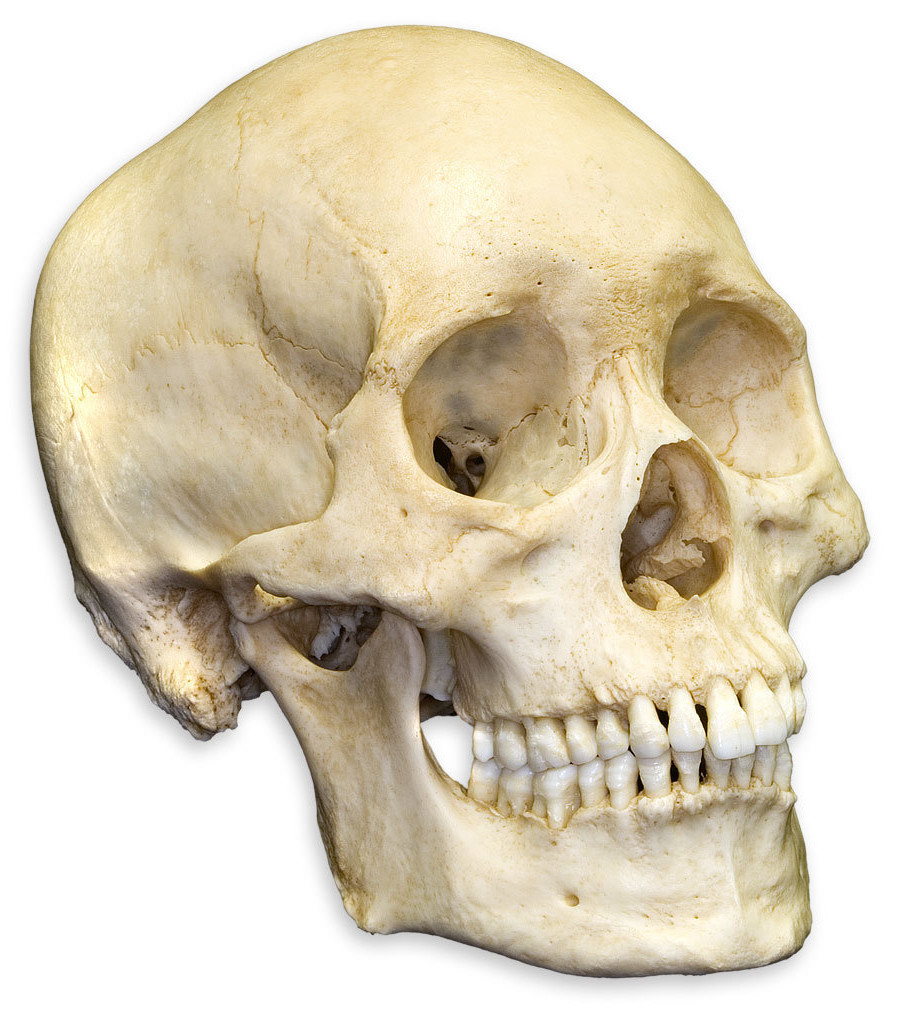PUBLISHED IN TCI WEEKLY NEWS
14th March 2015

With my wife and middle son having just returned from a trip to Rome, Italy, I thought this was an interesting and fun piece of research to report on. According to a study of skulls at the Natural History Museum led by a King’s College London periodontist, the Roman-British population from c. 200-400 AD (so not far off 2000 years ago!) appears to have had far less gum disease than we have today. The surprise findings provide further evidence that modern habits – particularly smoking- can be damaging to oral health.
Gum disease, also known as periodontitis, is the result of a chronic inflammatory response to the build-up of dental plaque. Whilst much of the population lives with mild gum disease, factors such as tobacco smoking or medical conditions like diabetes can trigger more severe chronic periodontitis, which can lead to the loss of teeth.
The study, published in the British Dental Journal, examined 303 skulls from a Romano-British burial ground Dorset in the UK for evidence of dental disease. Only 5% of the skulls showed signs of moderate to severe gum disease, compared to today’s population of which around 15-30% of adults have chronic progressive periodontitis.
However many of the Roman skulls showed signs of infections and abscesses, and half had caries (tooth decay). The skulls also showed extensive tooth wear from a young age, as would be expected from a diet rich in coarse grains and cereals at the time.
 Professor Francis Hughes from the Dental Institute at King’s College London and lead author of the study said: “We were very struck by the finding that severe gum disease appeared to be much less common in the Roman British population than in modern humans, despite the fact that they did not use toothbrushes or visit dentists as we do today. Gum disease has been found in our ancestors, including in mummified remains in Egypt, and was alluded to in writings by the Babylonians, Assyrians and Sumerians as well as the early Chinese.”
Professor Francis Hughes from the Dental Institute at King’s College London and lead author of the study said: “We were very struck by the finding that severe gum disease appeared to be much less common in the Roman British population than in modern humans, despite the fact that they did not use toothbrushes or visit dentists as we do today. Gum disease has been found in our ancestors, including in mummified remains in Egypt, and was alluded to in writings by the Babylonians, Assyrians and Sumerians as well as the early Chinese.”
Theya Molleson, co-author of the study from the Natural History Museum said: “This study shows a major deterioration in oral health between Roman times and modern England. By underlining the probable role of smoking, especially in determining the susceptibility to progressive periodontitis in modern populations, there is a real sign that the disease can be avoided. As smoking declines in the population we should see a decline in the prevalence of the disease.”
Another reminder for all the smokers out there to be mindful of the damage smoking has on oral health and the importance of maintaining excellent oral hygiene and regularly visiting the dentist.